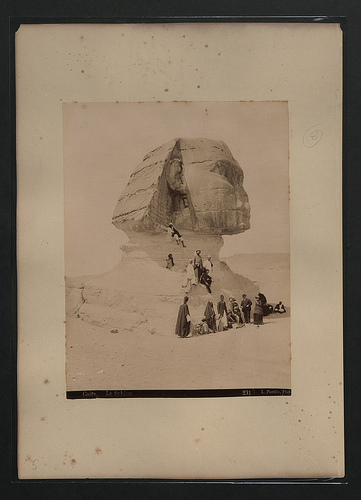While working on the Open Standards challenge to describe and share our information and grappling with understanding and being able to explain the difference between a filename and the title metadata field for a digital object, I came across a curious function in ‘My Documents’.
In our profession, we are aware of the importance of naming and describing digital records and objects. If you don’t have a good title for something, then with digital, it can be difficult to find, understand, and trust the record you see popping up in your search or amongst all the other documents in your folders.
But suddenly, there in ‘My Documents’, I noticed I could name a document twice. Along the lower length of my screen the document’s metadata was laid out for view and included, amongst the file’s size, date created, filename, and author, two fields that were editable. These were ‘title’ and ‘tags’. It would seem that findability was being brought to the fore (or at least the bottom of the screen). Was this the solution to the problem of encouraging and providing good titles on records?
Not for me, unfortunately. I had already given my document a really good filename, well I thought so anyway! And although I don’t use formal naming conventions, I do try and use ISO standards like date format if they are going to be useful to sorting and ordering the files in a filing system. What more could I add by giving it a ‘title’ as well? And how would it affect the record and its context and findability if I did? Giving a digital object a name, and a good one, makes sense, but naming it twice?
So I asked around, as you do. Colleagues helpfully came up with examples of when adding a title might make sense, such as if you have images that have numbers for filenames (when you have string of pictures with file names like 49000.jpg but have no idea what is the image is). Or perhaps the title is practically the same words but with spaces added or the hyphens removed so when they appear in search results they are readable. Or the ‘title’ could be the published name of the document – where ‘recordkeeping-policy_V1.0FINAL.doc’ becomes ‘Managing your Information 2013’.
The problem is: will anyone take the time to give a record more than one name? What we can do as information management professionals is keep up with these small changes in our systems, ensure our policies include guidance on naming and titles and what benefits they provide when they are well formed and try to influence the design of future systems and how they capture not just title, but the other essential information about our records, like copyright. And then let’s hope the titles and filenames we do give them make sense when we come across them in twenty years’ time and we’re not facing a mystery of sphinx-like proportions.

The URL of the word findability on this page looks a bit strange.
Thank you very much for letting us know. We have removed the erroneous link now.